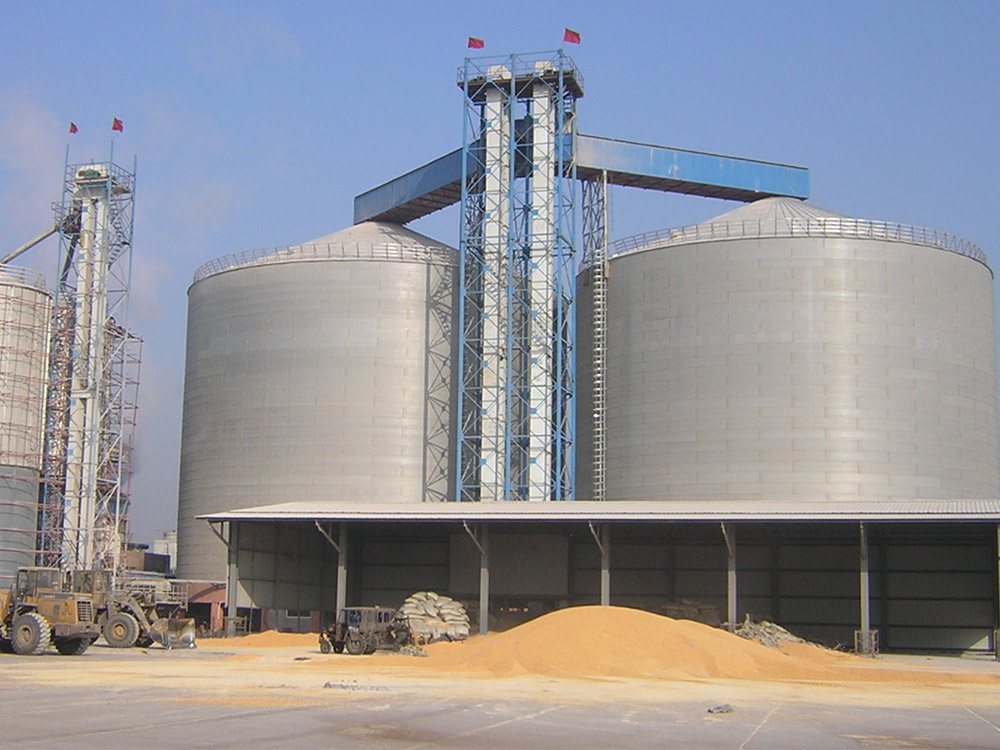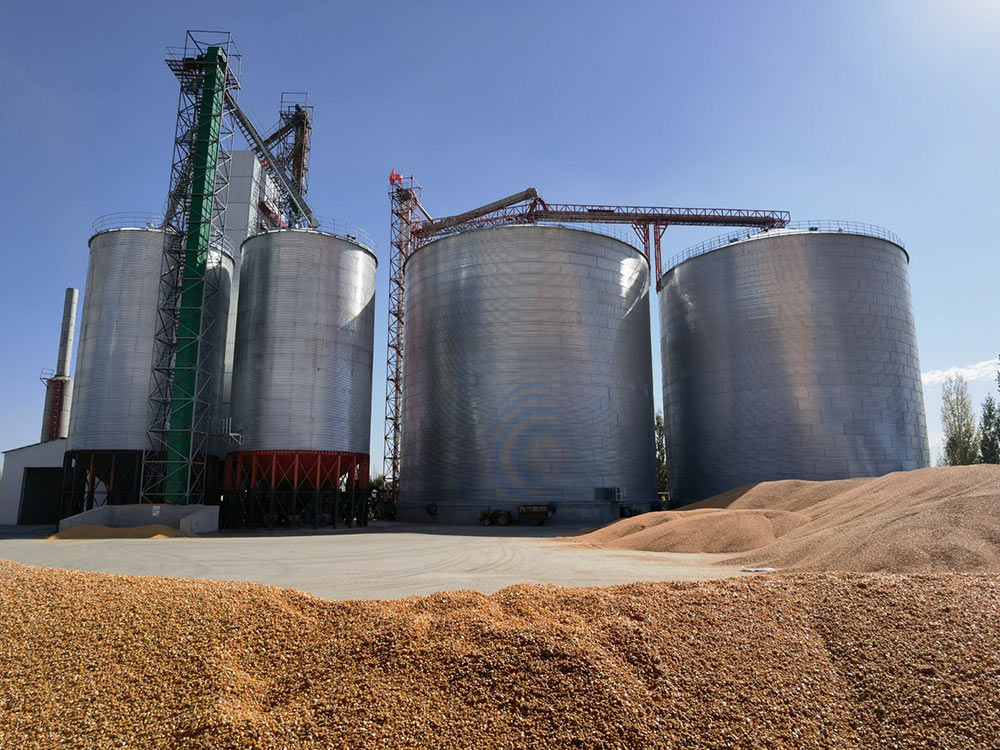How to Properly Store Wheat with Grain Silo
Introduction to Wheat
Wheat is an important cereal crop that is widely grown around the world and is one of the main food sources for humans. Wheat ground into flour can be used to make staple food products such as steamed buns and noodles, as well as various snacks such as biscuits and bread. Flour products play an important economic role in food processing and food consumption. Food processing and producing manufacturers need to store large amounts of wheat to maintain daily production needs and respond to fluctuations in market demand, ensuring a stable supply in the event of seasonal and regional supply shortages. Steel silos are a common facility for storing wheat. Using steel silos to store wheat can better protect the quality of wheat and effectively manage large-scale wheat reserves to meet market demand and supply chain stability requirements.
.jpg)
Introduction to Wheat Silo
Wheat silos are often used to store wheat and maintain its quality during long-term storage. Bolted silo is a common type of wheat silo. It is a silo that is punched out by mechanically rolling and molding galvanized sheets into corrugated sheets, and then assembled through high-strength bolt connections using an electric torque wrench. Bolted steel silo has a stable structure, is easy to install, has high space utilization, protects grain quality, and can be disassembled for secondary use, making it an ideal choice for storing wheat and other grain crops.

Advantages of Using Bolted Steel Silos to Store Wheat
Stable Structure: Bolted steel silo is composed of low-carbon high-strength steel plates, supplemented by columns and wind-resistant rings. It has a solid structure and can bear the weight of the wheat in the silo, and remains stable under wind, rain, and snow loads to ensure storage safety.
Quick Installation: Bolted steel silo uses prefabricated components and can be quickly installed and disassembled to meet the wheat storage needs of different sized silos and relatively short construction periods.
Saving Space: Due to the intelligent design, bolted steel silo can effectively utilize space, maximize wheat storage and save storage space.
Protect Grain Quality: Bolted steel silos are usually equipped with ventilation systems and grain condition monitoring systems. The grain condition monitoring system can detect the temperature rise of grain in the silo in real time, provide the best storage environment, effectively protect the quality of wheat, and reduce loss and quality decline.
Safety Protection: Bolted steel silo is made of galvanized steel plate, which has long-term anti-corrosion performance and can maintain the anti-corrosion state for a long time and maintain the service life of the silo.
Temperature and Humidity Control: Bolted steel silo is equipped with a temperature and humidity control system, which can adjust the environment in the silo to ensure that the wheat is in the best storage condition and prevent mold growth and quality degradation.

Precautions When Storing Wheat in Steel Silos
Cleaning and Disinfection: Before storing wheat, ensure that the interior of the silo is clean and properly disinfected to avoid contamination and pest infestation.
Control Humidity: The storage humidity of wheat should be controlled within an appropriate range. Generally, the storage moisture of wheat should be below 13% to prevent mildew and deterioration.
Temperature Control: During the process of storing wheat, the temperature inside the silo should be controlled to prevent the wheat from being damaged by insects if the temperature is too high and affecting its quality.
Regular Inspection: Regularly check the storage environment and the status of the wheat to keep the moisture in the silo constant. The moisture and weight of wheat will not decrease due to long-term storage, nor will the quality of wheat be affected by local mildew and heat, nor will the quality of wheat be reduced by pests caused by rising temperatures in the silo.
Ventilation System: Bolted silos are usually equipped with a ventilation system. The ventilation system should be ensured to work properly. When ventilation is required, the air circulation in the silo can be maintained, the temperature in the silo can be reduced, and the wheat can avoid moisture and mildew.
Anti-rodent Measures: Anti-rodent measures are taken, and anti-bird nets are installed at the air inlet of the fan and the air outlet at the top of the silo to prevent pests such as mice and birds from damaging the wheat.

Comments
Post a Comment